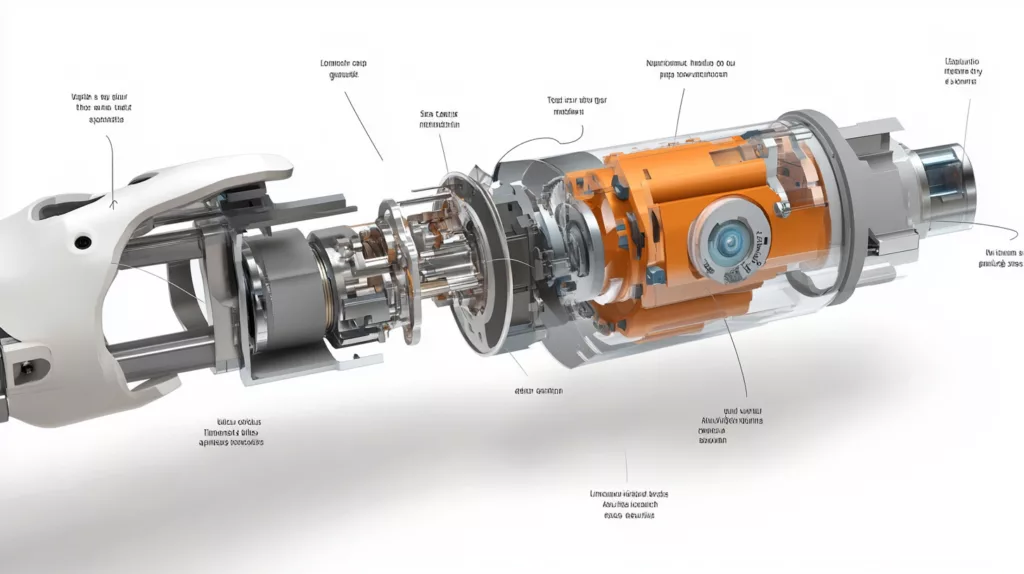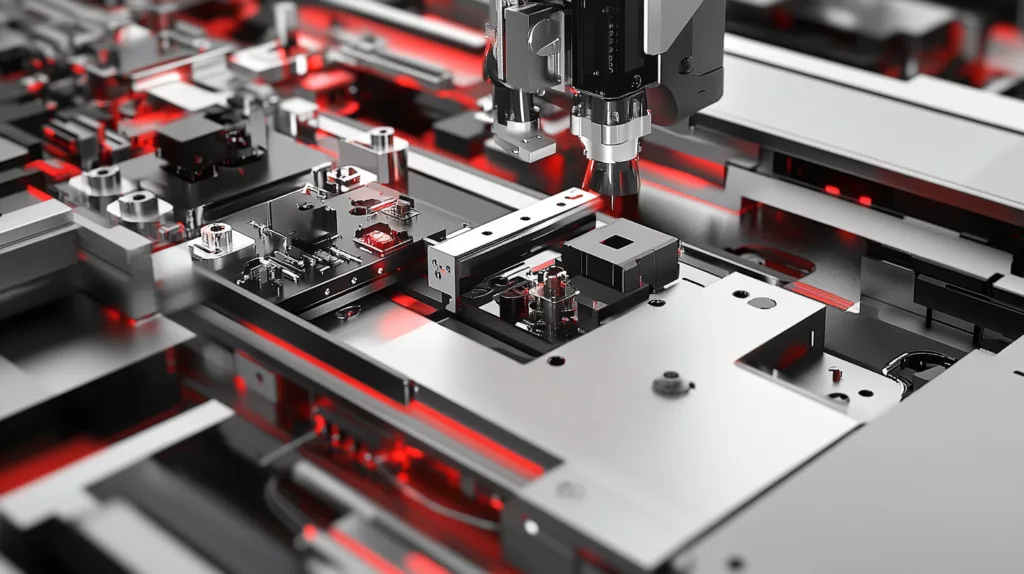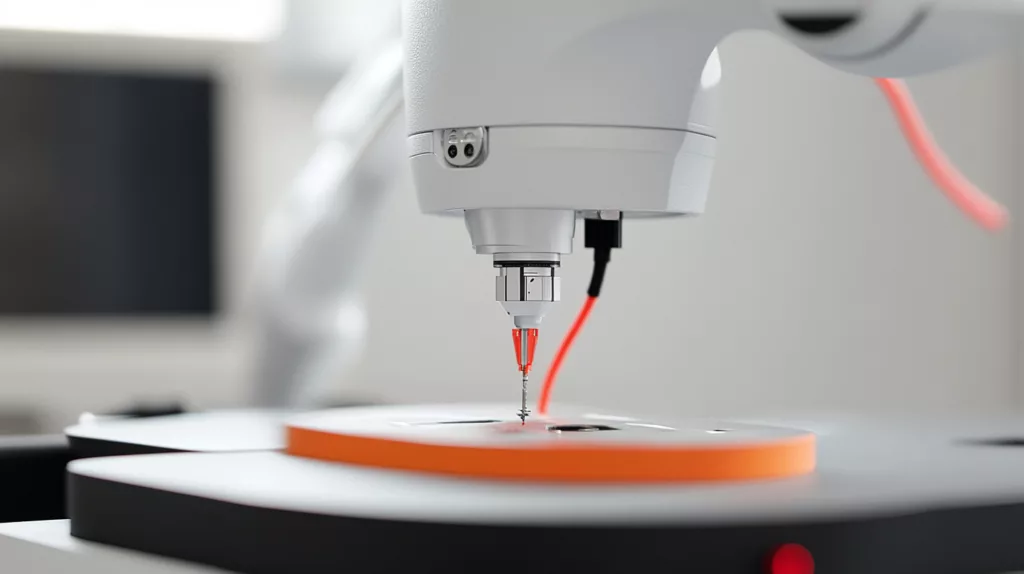In the world of modern robotics, precision, adaptability, and safety are non-negotiable. Behind every smooth robotic interaction lies a key enabler—force sensors. These devices help robots “feel” their surroundings, ensuring every movement, grip, or adjustment is done with intelligence and care. As robotics technology continues to evolve, companies like XJCSENSOR, a leading manufacturer of advanced sensor technologies, play a pivotal role in shaping the future of force-sensing innovation.
Understanding Force Sensors in Robotics
Force sensors are devices that detect physical force—such as pressure, tension, or torque—and convert it into an electrical signal interpretable by robotic systems. Their integration into robotics gives machines a sense of “touch” or tactile awareness, which is vital for nuanced tasks that require delicate handling or reactive movement.
Common Types of Force Sensors Used in Robotics

- Strain Gauge Sensors: Ideal for measuring tension and compression in robotic arms.
- Piezoelectric Sensors: Highly responsive, suitable for dynamic force applications.
- Capacitive Sensors: Useful for contactless or low-force detection.
- 6-Axis Force/Torque Sensors: Provide full-dimensional feedback for complex manipulation tasks.
Key Applications of Force Sensors in Robotics
Precision Assembly in Industrial Automation
In manufacturing, robots equipped with force sensors can perform delicate assembly operations such as press-fitting or screwdriving with exceptional accuracy. These sensors detect misalignments or obstructions, reducing the risk of product damage or quality defects.
Robotic Gripping and Manipulation
Whether handling eggs or circuit boards, robotic end-effectors benefit immensely from force feedback. Sensors allow for dynamic grip adjustments, ensuring that objects are held securely without being crushed—an essential capability in robotic tactile sensing.
Collaborative Human-Robot Interaction
In collaborative settings (cobots), safety is paramount. Force sensors allow robots to detect unexpected contact with humans and respond instantly—either by halting motion or adjusting force—making them indispensable for safe human-robot coexistence.
Medical and Surgical Robotics
In surgical applications, robots must perform with extraordinary finesse. Force sensors embedded in robotic tools offer tactile feedback to the surgeon, improving control during minimally invasive procedures. This fusion of technology and touch leads to safer, more effective outcomes.
Learning and Adaptive Behavior
Force feedback helps robots learn and adapt to unstructured environments. By measuring resistance or slippage, robots refine their movements through reinforcement learning algorithms, improving efficiency over time.
Benefits of Using Force Sensors in Robotics
- Enhanced Accuracy: Detects minute forces for better positioning and alignment.
- Greater Safety: Prevents damage or injury through real-time force monitoring.
- Increased Adaptability: Enables robots to handle unpredictable environments.
- Improved Product Quality: Reduces errors in high-precision tasks.
- Reduced Downtime: Early detection of abnormal forces can prevent mechanical failures.
Future Trends in Force Sensor Integration
With the rapid advancement in sensor miniaturization and material science, the next generation of force sensors will be:
- Ultra-flexible and skin-like for integration into soft robotics
- Battery-free and wireless, perfect for medical or wearable applications
- AI-enhanced, allowing real-time analysis and prediction of force data
These innovations will further amplify the applications of force sensors across industries—from agriculture to aerospace.
Frequently Asked Questions (FAQ)
What is the difference between force and torque sensors in robotics?
Force sensors measure linear loads, while torque sensors detect rotational forces. Many robotic applications use combined force/torque sensors to get a full understanding of physical interaction.
Can force sensors improve robot learning?
Yes. Force feedback helps robots recognize successful or failed actions, aiding in machine learning and adaptive control, especially in unstructured or dynamic environments.
Are force sensors necessary for all robotic applications?
Not always. High-precision tasks, human interaction, or delicate manipulation require force sensors, but simpler repetitive tasks may not.
Final Thoughts: Force Sensors as the Heartbeat of Robotics
From smart factories to operating rooms, force sensors are central to robotic evolution. They transform machines from rigid tools into intelligent collaborators. As robotics continues to push boundaries, the role of force sensors will only grow in significance.
With innovation at its core, XJCSENSOR continues to lead the way in developing cutting-edge sensor technologies that empower smarter, safer, and more adaptable robotics across industries.



